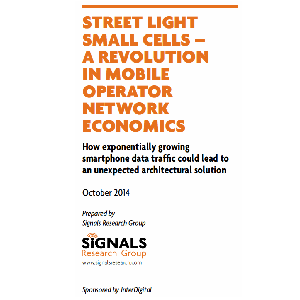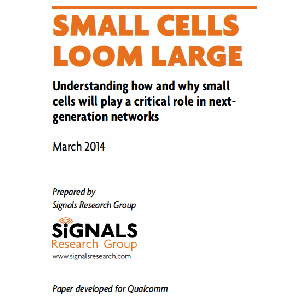First Responders
LTE and the Public Safety Communications Paradigm Shift
This 29-page newsletter, written by Emil Olbrich, discusses the history of public safety communications around the world. It describes FirstNet in the United States. It also describes the many organizations involved in developing use cases and setting standards. It is an excellent introduction to the evolving nature of public safety communications.
New Tests Examine LTE Priority and Pre-Emption
This article in Mission Critical Magazine discusses prioritization and preemption – two distinguishing aspects of public safety communications. Whether in a public gathering or a natural disaster a terrorist incident it is absolutely essential that first responders across jurisdictions are able to communicate. It is also important that incident commanders are able to prioritize different types of traffic. These needs point to the provisions in the standards for prioritization and preemption.
Mobile Operator Economics
Street Light Small Cells
Modern telecommunications networks are rapidly moving in the direction of small cells. Mobile operators are aggressively deploying enterprise small cells and public venue small cells today. They are also “surgically” deploying outdoor small cells. This 68-page whitepaper, written by J. Randolph Luening, looks into the future a few years and considers the economics to a mobile operator of mass-deployed street light small cells. It also discusses some of the benefits of mass-deployed street light small cells to municipalities and to the public at large.
The Business Case for Femtocells in the Mobile Broadband Era
Small cells started as a solution to indoor coverage. Many consumers in North America, Europe, and Asia have a small device in their home that radiates a cellular signal, providing excellent coverage. This 100-page whitepaper, written by J. Randolph Luening, discusses the economics of such devices to a mobile operator. Residential and enterprise small cells require an up-front investment by the mobile operator, but pay back handsomely overtime, resulting in increased customer loyalty and reduced network costs. This whitepaper steps through the many pieces in the operator’s business case.
Mobile Broadband Pricing and Bundling – The Voice of the Consumer
Increased sophistication in the core network is allowing much more sophisticated pricing and bundling of broadband services.
This 67-page whitepaper, and five associated single country reports, collectively written by J. Randolph Luening, describe a large scale market research study that listens to the “voice of the customer”. They study examines mobile broadband purchasing preferences in five different countries: United States, United Kingdom, Brazil, India, and South Korea. The research provides exceptional insight for mobile operators interested in how to approach different types of consumers. It also highlights some of the differences between cultures in the type of mobile broadband bundles consumers prefer.
Small Cells Loom Large
This 29-page whitepaper, written by Mike Thelander, Mark Schulz, and J. Randolph Luening, looks at the potential size of the small cell market, considering a single factor: the need for capacity. It demonstrates how the macro cellular network layer alone is insufficient to provide the capacity required by consumers with smart phones, tablets, and other connected devices.
The Dollars and Sense of Broadband Wireless
This is historic study developed by a team of five industry analysts (J. Randolph Luening, Mark Schulz, Mike Thelander, Narayan Parameshwar, and Murari Srinivasan). It quantified the economics of modern LTE networks before the first network was built. It gave rise to the Signals Analytics, LLC mobile operator economic model that continues to evolve and has been used in a wide range of operator economic studies in locations around the world.
This particular study looked at 65 countries – the 50 most populous and the 50 largest economies. It considered 11 different service concepts and showed how each might play out, given the demographics and demand for fixed and mobile broadband in each country.







